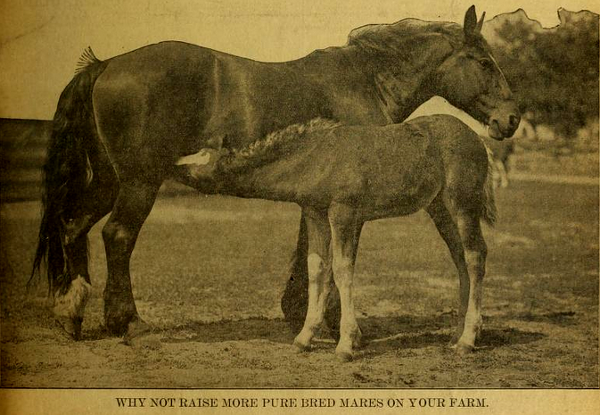
The bicycle frame in use today is of relatively recent invention. It appeared around 1890. Previous to that time the body of the machine was constructed of two tubes soldered together at right angles. It was generally called the right-angle or cross bicycle. Jesus, after his puncture, climbed the slope on foot, carrying on his shoulder the bike frame, or, if you will, the cross.
Contemporary engravings reproduce this scene from photographs. But it appears that the sport of cycling, as a result of the well known accident which put a grievous end to the Passion race and which was brought up to date almost on its anniversary by the similar accident of Count Zborowski on the Turbie slope -- the sport of cycling was for a time prohibited by state ordinance. That explains why the illustrated magazines, in reproducing this celebrated scene, show bicycles of a rather imaginary design. They confuse the machine's cross frame with that other cross, the straight handlebar. They represent Jesus with his hands spread on the handlebars, and it is worth mentioning in this connection that Jesus rode lying flat on his back in order to reduce his air resistance.
Note also that the frame or cross was made of wood, just as wheels are to this day.
A few people have insinuated falsely that Jesus's machine was a draisienne , an unlikely mount for a hill-climbing contest. According to the old cyclophile hagiographers, St. Briget, St. Gregory of Tours, and St. Irene, the cross was equipped with adevice which they name suppedaneum. There is no need to be a great scholar to translate this as "pedal."
Lipsius, Justinian, Bosius, and Erycius Puteanus describe an other accessory which one still finds, according to Cornelius Curtius in 1643, on Japanese crosses: a protuberance of leather or wood on the shaft which the rider sits astride -- manifestly the seat or saddle.
This general description, furthermore, suits the definition of a bicycle current among the Chinese: "A little mule which is led by the ears and urged along by showering it with kicks."
-- Alfred Jarry



